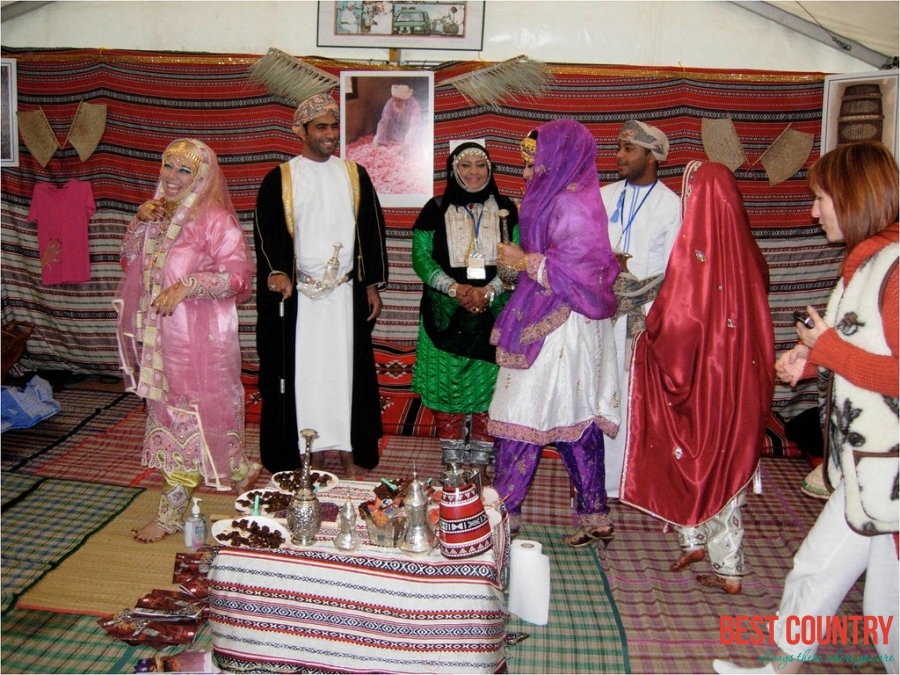A wedding is always one of the happiest moments in a couple’s life, but in Oman it’s never just about bringing two people together to start their lives anew, it’s about bring two families and sometimes two villages together and binding them in one of the strongest bonds ever known for a lifetime!
Traditions of Oman: The Omani Wedding
In Oman even the engagement takes quite a bit of preparation. When the groom visits his bride-to-be’s house, it is inappropriate for him to come alone but with his entire family. From there once the two families have agreed on the union and the bride says yes, it’s becomes a long celebration of life until the marriage is taken place.
 First off, the two families have to agree upon the dowry to be paid by the groom’s family, normally given to bride directly (to start her new life). The dowry can either be in cash or kind and is considered the sole property of the bride to use as she sees fit.
First off, the two families have to agree upon the dowry to be paid by the groom’s family, normally given to bride directly (to start her new life). The dowry can either be in cash or kind and is considered the sole property of the bride to use as she sees fit.
This ceremony is attended by family members only, and on this special day, the groom and his family arrive at her house with the appropriate gifts in trays decorated with bars and covered with fabrics, special songs are sung for this occasion as it is on this day that the wedding contract is signed.
After that, Mulkah is conducted in the mosque and is attended by the groom and his male friends and family. The couple is now technically considered married and thus culturally acceptable for them to be seen together publicly and talk on the phone unsupervised.
Now the celebration of wedding itself takes place in two houses, the groom’s, and the brides, where each of the families celebrate before the groom and his family leave their house to come and pick up the blushing bride. At each of the homes the men celebrate outside with the women inside.
There’s music, dancing and an abundance of food, even with excess of 400 people that will visit both the homes on this special day!! Outside the men dance with wooden canes called assas and are regally dressed with their dishdashas, sayf (straight swords) and of course the Omani Khanjars.
Inside, the women away from the prying eyes of men, dance and feast unencumbered in their finest jewellery, with their hands painted in intricate mehndi designs particular to the region (one can easily learn where a women is from based on the designs of the mehndi on her hands)
After three days like the actual wedding takes place. The groom’s family and his guests pile on into busses and cars, honking, singing and clapping in a cacophony of festive noises, the men wait while the women bring out the beautiful bride, blushing at the thought of going to her new home and from there the festivities continue at what now becomes their home.